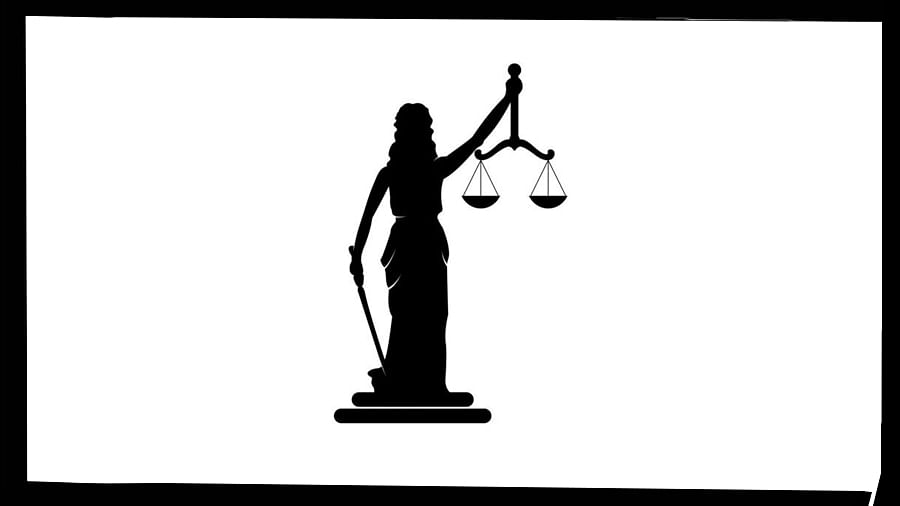
India, and Karnataka, have adequately documented environmental degradation through diverse indicators relevant to the quality of air, water and soil, pollution of rivers, climate change, loss of biodiversity, waste disposal, and decline of groundwater. There is enough evidence to mark the failure of governments, municipalities, corporates, businesses, and citizens in protecting the environment.
In this context, the Supreme Court made significant observations in the recent case of Ranjith Singh vs Union of India (March 21) to amplify the notion of “Environment” and “the right to healthy environment”.
As long as four decades ago, Justice V R Krishna Iyer had firmly shifted the attention of the judiciary and of the administration towards the helpless poor: “The third world human scape of silent subjection of groups of people to squalor and of callous public bodies habituated to deleterious inaction”.
There is more context here, “Where a municipality has failed to remove filthy conditions of drains, etc., in slums, the court should make a mandatory order directing the municipality to remove the public nuisance within a given time, irrespective of the financial resources of the municipality.” (Ratlam Municipal Council vs Vardhichand, 1980).
In the Ranjith Singh case, the Supreme Court was forthright in confirming that citizens have a fundamental right to a healthy environment and the right to be free from the adverse effects of Climate Change and environmental degradation. In point of fact, the top court had declared in two earlier cases, in 1995 and 2000, that the ‘Directive Principles of State Policy’ must be interpreted in light of Article 21 (right to life) and Article 14 (right to equality). So, any disturbance in the basic environmental elements, namely, air, water and soil, would be hazardous to “life within the meaning of Article 21”. The State has a duty in that behalf “to shed its extravagant unbridled sovereign power and to forge in its policy to maintain ecological balance and hygienic environment”.
So far so good. The court’s landmark judgement was certainly necessary but clearly, not sufficient. It is well known that the administration in the Union and state governments and, in particular, the municipalities have failed. Policy alone without ground-level enforcement of law and rules will not do. India has a string of laws to protect, control and conserve the environment, encompassing forests, wildlife, water, and biological diversity, and even the National Green Tribunal (NGT) Act, 2010. However, the enforcement and impact of these laws at the ground level are not encouraging.
The Bharatiya Janata Party’s 2019 manifesto for the Lok Sabha elections promised, in the ‘Jal Jeevan Mission’, piped-water connection and safe drinking water to every rural household by 2024. However, since the mission’s main source of supply was groundwater, which had already depleted and was contaminated, its availability was uneven across the country.
Thus, in rural areas, but for the traditional wells and hand pump-operated tube wells where they exist, large sections of the people do not have access to tap water, despite claims to the contrary. Rainwater harvesting has not taken off in a big way, even in cities and towns. This is compounded by self-serving industries and the influx of sewage from apartment complexes and residential areas across Karnataka. Eshwar Khandre, the State Forest and Environment Minister, has revealed that 16 major rivers of the state are polluted by discharge of waste, including sewage directed into the rivers. Recently, the government took tough measures against local governments and some of the industries for their failure in preventing the discharge.
The levels of air pollution are even more worrying. It continues to be the ‘primary risk’ factor for fatal diseases. A recent study by Bengaluru-based Centre for Study of Science, Technology and Policy (CSTEP) further validated health concerns set off by PM 2.5 (microparticles in the air). A Greenpeace research report, also from 2024, carried more bad news – air quality in Bengaluru, Mysuru, and Mangaluru was reported to have deteriorated significantly.
A Problem of Processing
The management of municipal solid waste and the new challenges posed by plastic waste is another arduous task. The Swachh Bharat Mission’s target for five years – from October 1, 2021 – was to achieve a ‘garbage-free’ status for all cities through 100% source segregation, door-to-door collection, and scientific waste management. While waste collection and segregation in India is relatively better addressed than air and water pollution, 21% of waste, still, remains unprocessed.
Beyond the challenges of waste collection and segregation, the larger issue across the country pertains to the processing of this waste. Bengaluru produces 3,025 tonnes of wet waste daily, of which only 2,150 tonnes are processed. Landfills, already home to 180 lakh tonnes of legacy waste, are scarcely available; potential sites for these landfills are fiercely opposed by people who live close by.
No wonder then, that the global Environment Performance Index 2024 is mortifying to India. The EPI evaluates ecosystem vitality, environmental health, and Climate Change performance. India is the third largest emitter of greenhouse gases and is ranked 170 (out of 180 countries), 177 in environmental health, and 133 in Climate Change performance.
This calls for immediate action of the Union, state, and local administrations. Many of the environmental impacts are irreversible, such as the loss of biodiversity, land degradation, and rise of sea levels. Emergency mitigation measures need to be formulated. The judiciary can surely help too, since the existing regulatory bodies are unable to enforce most of the environmental protection laws and acts. Citizen groups and media can assist in shaping favourable conditions, creating public awareness, and even applying pressure on the policy-makers to initiate corrective action.
(Chandrashekar is a former professor, IIM, and a Congress leader. Ravindranath is a retired professor, IISc and climate change expert)